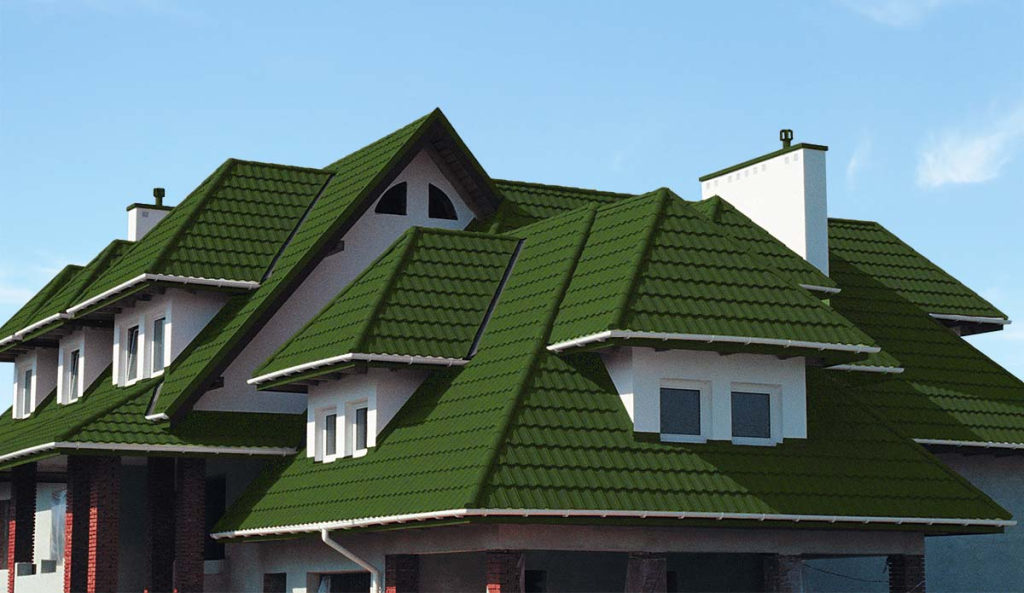Expansion screws are designed to anchor items to solid materials like concrete, brick, or stone. They work by expanding within the material, providing a secure hold. Here’s a more detailed breakdown of the sizes and types of expansion screws:

Common Sizes and Types:
- Diameters and Lengths:
- 5 mm (3/16″): Used for light-duty applications, such as securing small fixtures or lightweight shelving.
- Lengths: 40 mm, 50 mm, 60 mm
- 6 mm (1/4″): Suitable for medium-duty tasks like hanging pictures or securing electrical boxes.
- Lengths: 50 mm, 60 mm, 75 mm
- 8 mm (5/16″): Often used for heavier-duty applications, such as mounting TV brackets or securing heavier fixtures.
- Lengths: 60 mm, 75 mm, 100 mm
- 10 mm (3/8″): Ideal for heavy-duty applications like anchoring structural supports or large fixtures.
- Lengths: 75 mm, 100 mm, 120 mm
- 12 mm (1/2″): Used for very heavy-duty applications requiring substantial load-bearing capacity.
- Lengths: 100 mm, 120 mm, 150 mm
- 14 mm (9/16″), 16 mm (5/8″), 20 mm (3/4″): These larger sizes are used for industrial applications, securing machinery, or large structural elements.
- Lengths: 150 mm, 200 mm, and longer
- 5 mm (3/16″): Used for light-duty applications, such as securing small fixtures or lightweight shelving.
- Types of Expansion Screws:
- Sleeve Anchors: Feature a sleeve that expands upon tightening the bolt, suitable for medium to heavy-duty applications.
- Wedge Anchors: Provide a strong hold in concrete, as the wedge expands when the bolt is tightened, making them ideal for heavy-duty applications.
- Drop-In Anchors: Installed by placing the anchor into a pre-drilled hole, then setting it with a setting tool, commonly used in overhead applications.
- Concrete Screws: Feature a threaded design that cuts into the material as they are driven in, suitable for light to medium-duty applications.
Choosing the Right Size and Type:
When selecting an expansion screw, consider the following factors:
- Load Requirements: Determine the weight and load-bearing requirements of the item you are anchoring.
- Base Material: Identify the material (concrete, brick, stone) and its properties.
- Environmental Conditions: Consider exposure to moisture, chemicals, or other environmental factors that might affect the anchor’s performance.
- Hole Diameter: Ensure the hole diameter matches the expansion screw specifications for proper expansion and secure hold.
- Depth of Embedment: Ensure the screw length allows for adequate embedment depth to achieve the desired holding strength.
Installation Tips:
- Drill the Hole: Use the correct size drill bit for the anchor you are using. Typically, the diameter of the hole should match the diameter of the anchor.
- Clean the Hole: Remove any dust or debris from the hole to ensure proper expansion and grip.
- Insert the Anchor: Place the anchor into the hole, ensuring it is flush or slightly recessed with the surface.
- Tighten the Bolt: Tighten the bolt or screw to expand the anchor. For wedge and sleeve anchors, ensure the bolt is tightened to the manufacturer’s specifications to achieve optimal holding strength.

By carefully selecting the appropriate size and type of expansion screw, you can ensure a secure and reliable anchoring solution for your specific application.
For more product information, you can contact us at any time!


